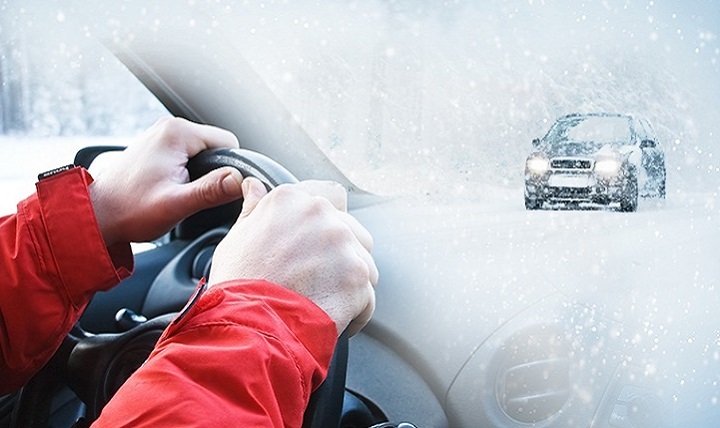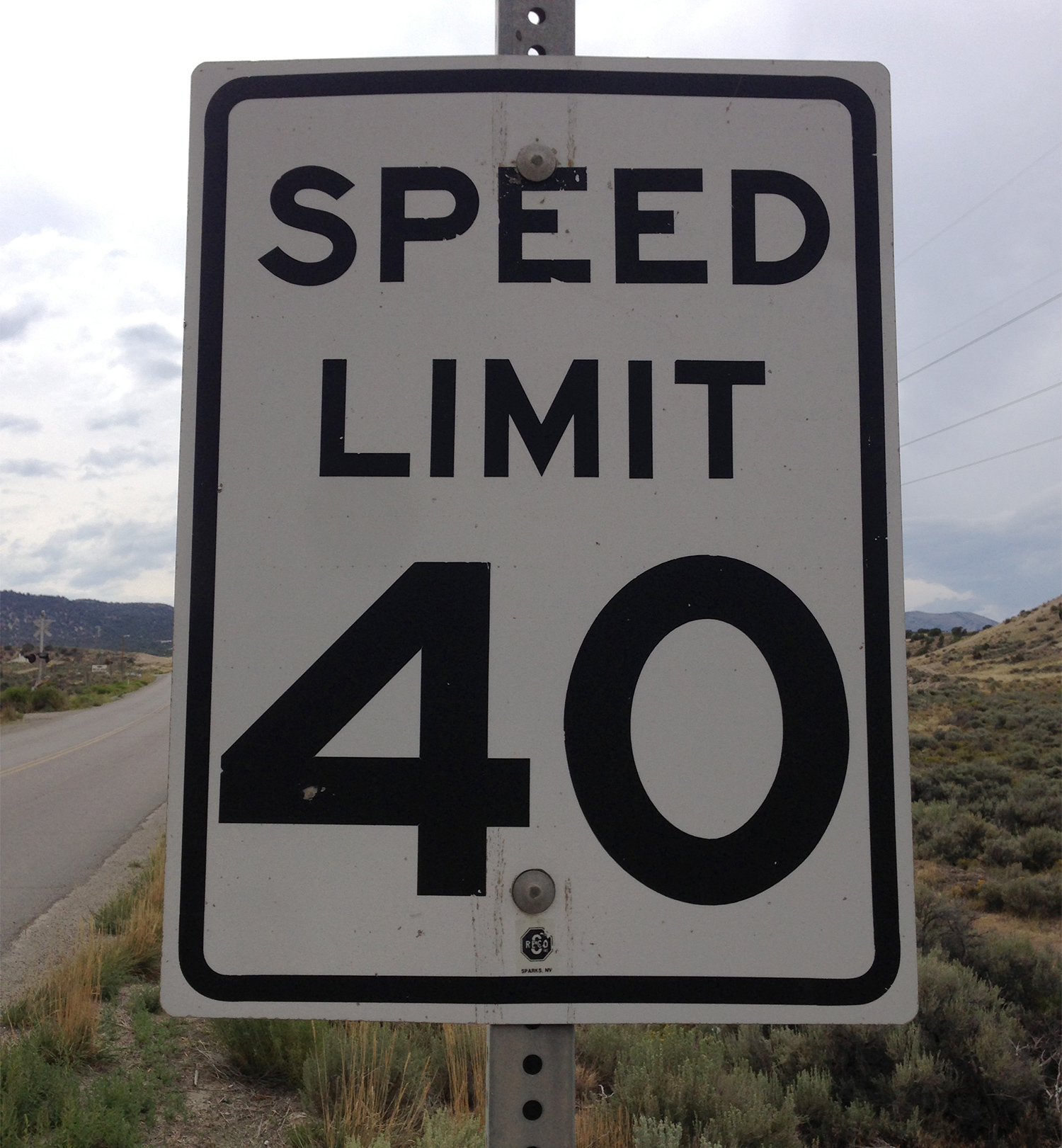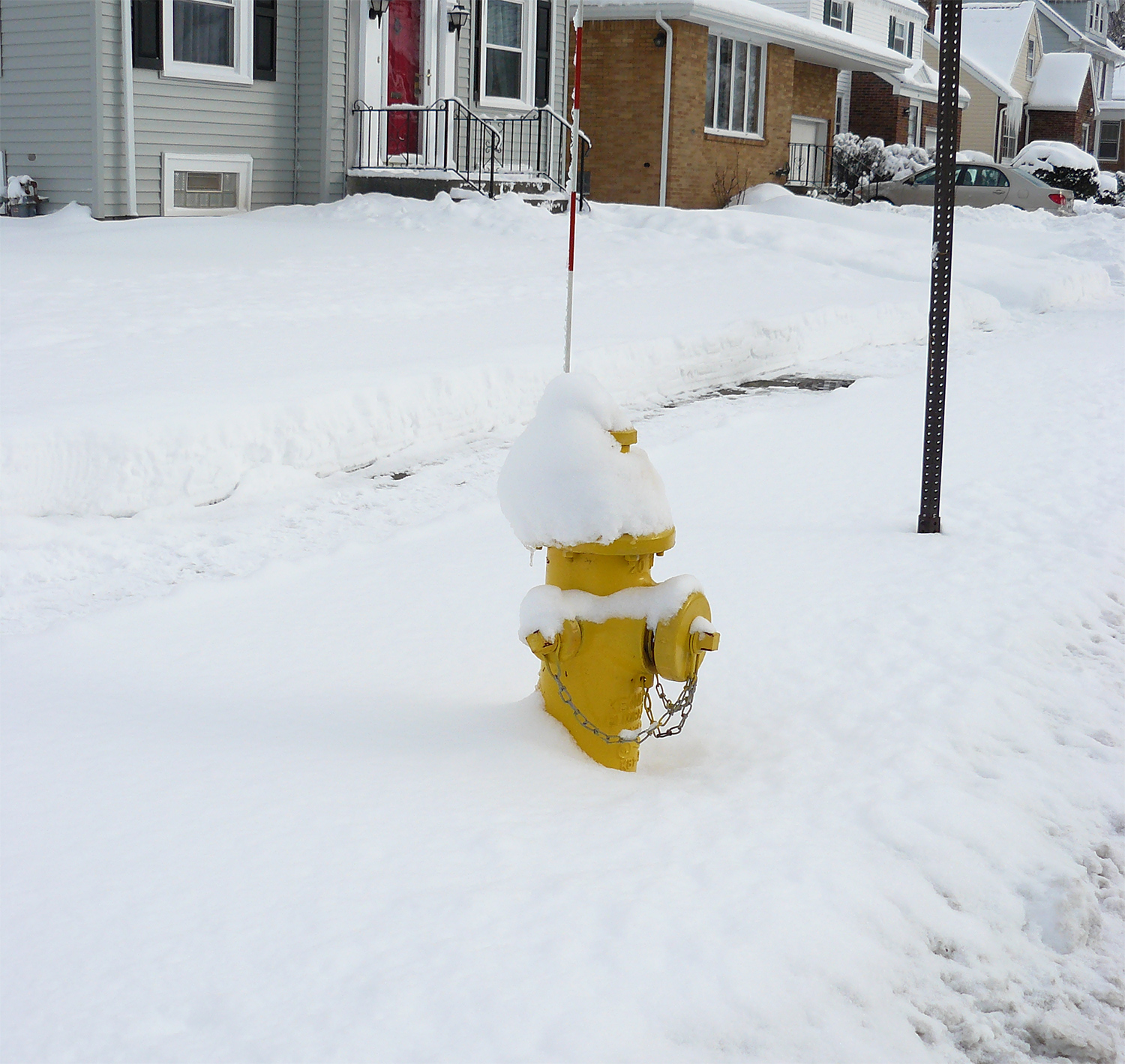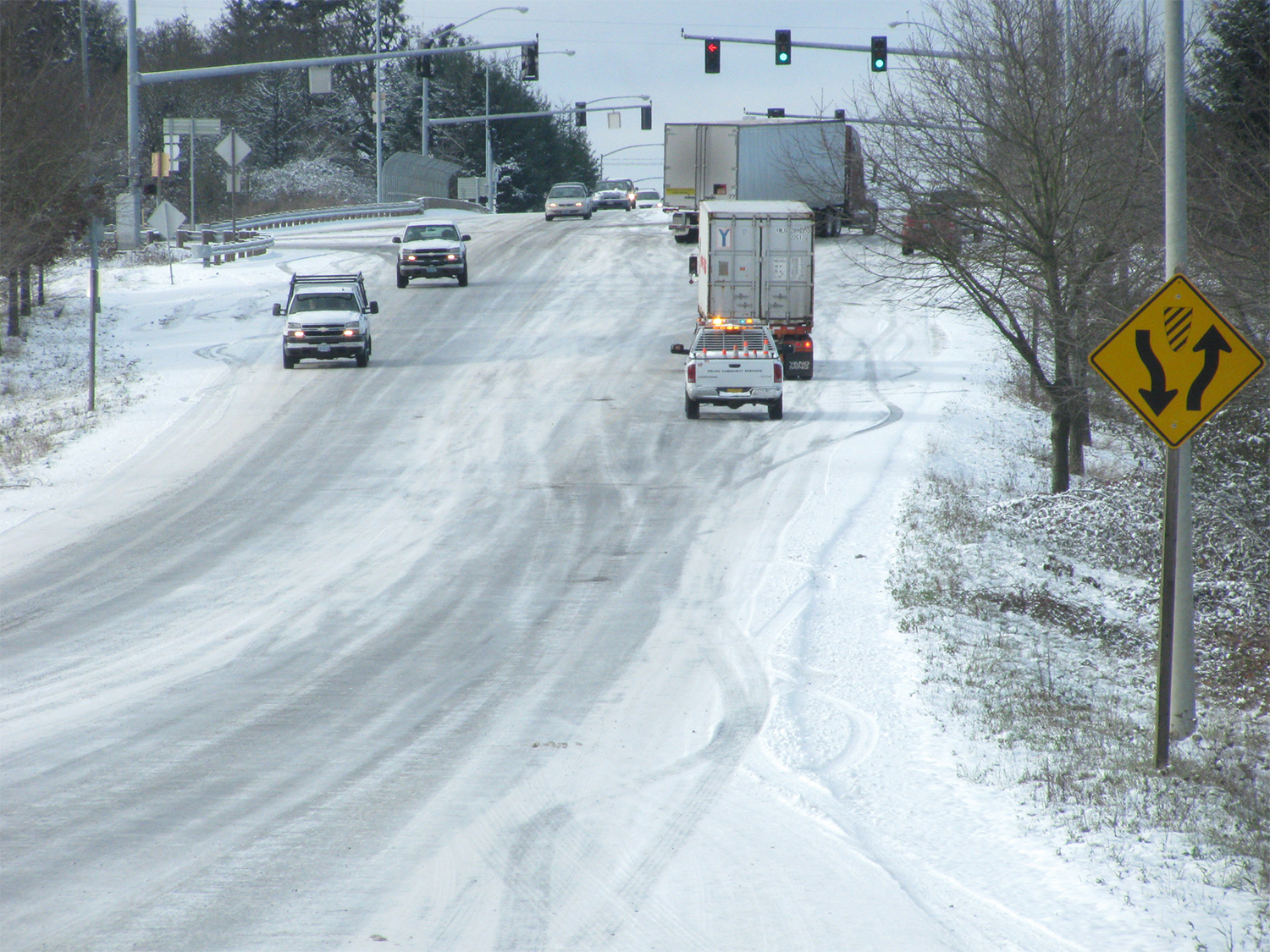
Snow Plowing Safety Tips for Homeowners, Snow Removal Services and Landscapers
Quick Navigation:
Plowing snow can be fun, easy, and can save you time and money. If you plow as a side business, it can actually make you money. But like anything that involves driving in snow and ice, it can be dangerous.
Snow plow safety is something that every plow owner needs to be familiar with, especially if you own and operate a landscaping or snow removal service. After all, the road conditions could be frightful enough all day long, but as a plow driver you are diving head first into the storm to clean up for the your neighbors or customers.
Take a look at our tips and tricks for snow plow safety, and you’ll be on your way to a day of safe and productive snow removal.
Getting from A to B

When transporting your snow plow (meaning you have it installed on your truck but you're just driving to your job site or customer location) it’s best to keep the blade in the completely upright position and locked. Whether you have a chain lift system or a direct hydraulic system, completely raising the blade will keep it from bouncing around as you go over bumps.
Angle your blade towards the right so anything that comes across your path is directed towards the curb. And finally, before you put the pedal to the metal make sure the plow isn’t blocking your headlights or your field of sight. Even in the daytime, you might be able to see but it’s best to leave the lights on so the other drivers can see you too – especially if there is active snow fall.
Take it Slow

It’s always best to drive nice and slow in snowy weather, but it’s doubly important when you have the plow on. 40 MPH should be your top speed while you transport the plow. And keep an eye on the temperature gauge – while overheating is not necessarily common, it’s certainly possible with all the extra work your truck is doing.
If you start to overheat, pull over and adjust your plow angle to ensure you are getting plenty of airflow to your radiator. And never go above 14 MPH while actively plowing. Keeping your heater on full blast will help to keep your engine cooler than normal, and it will make your cab nice and toasty.
Keep Your Eyes Peeled
While the fresh blanket of snow may look smooth and undisturbed, it’s hard to say what could be lurking underneath. Hopefully you’ve familiarized yourself with the layout of the area and made a mental note about any curbs, speed bumps, landscaping, manhole covers, fire hydrants, and fences as described in our parking lot plowing guide.
If your particular plow site has too many hazards to memorize, it’s always a good idea bring out some markers before the snow falls.

Look as You Reverse
Modern trucks and SUVs are full of safety features like back-up cameras and handy beeping warnings, but technology can never truly beat turning your head to watch where you’re going. This is especially important in the midst of a snow storm when your back-up sensors may be covered or obscured, and your stopping response time may be compromised due to ice.
Click That Safety Belt
Though it may go without saying, you should never operate a vehicle without your seat belt on. You may be driving at a snail’s crawl at some points, but even at a slow pace a sudden halt from an unseen bumper stop could cause serious injury.
You should also be sure to keep your arms inside the vehicle at all times.
Obey All Traffic Laws

It may also go without saying that you should obey all traffic laws – but the driving we’ve seen in snowy weather suggests many people have never received the memo. Still, if you’re taking the plow out it behooves you to drive responsibly, and know all your local laws. For example, in most areas it is illegal to push snow across a public road – so stick to the parking lot or driveway you started in.
Recap
We hope these tips will keep you safe this winter and next. But obviously when road conditions are compromised, you should always be on full alert. So buckle up, follow the letter of the law, don’t go too fast, and keep your eye on your temp gauge. Here’s to a fruitful – and safe – plowing season! And if you are in the market for a new snow plow this seasons, be sure to check out our list of the best snow plows in 2018.
